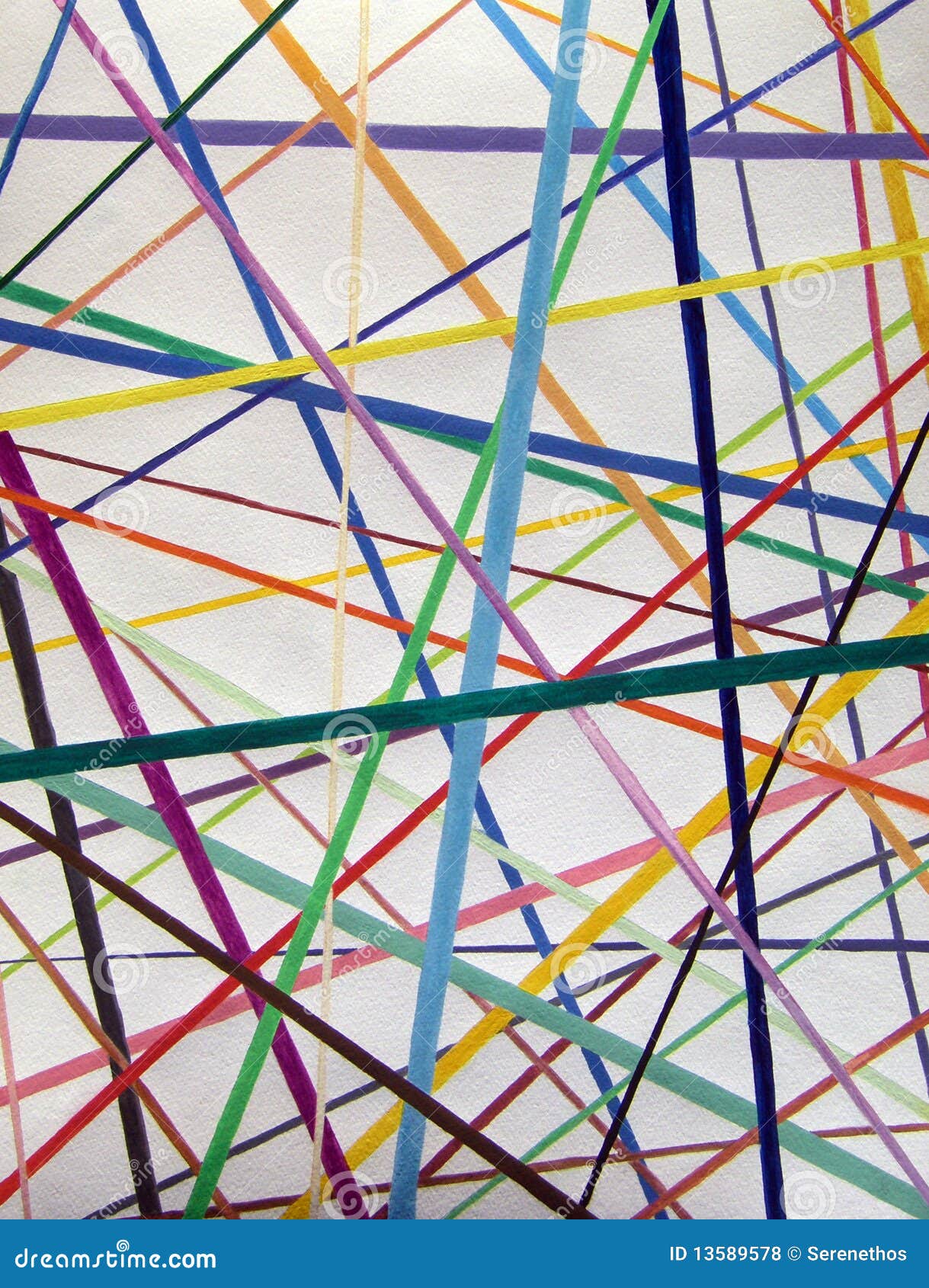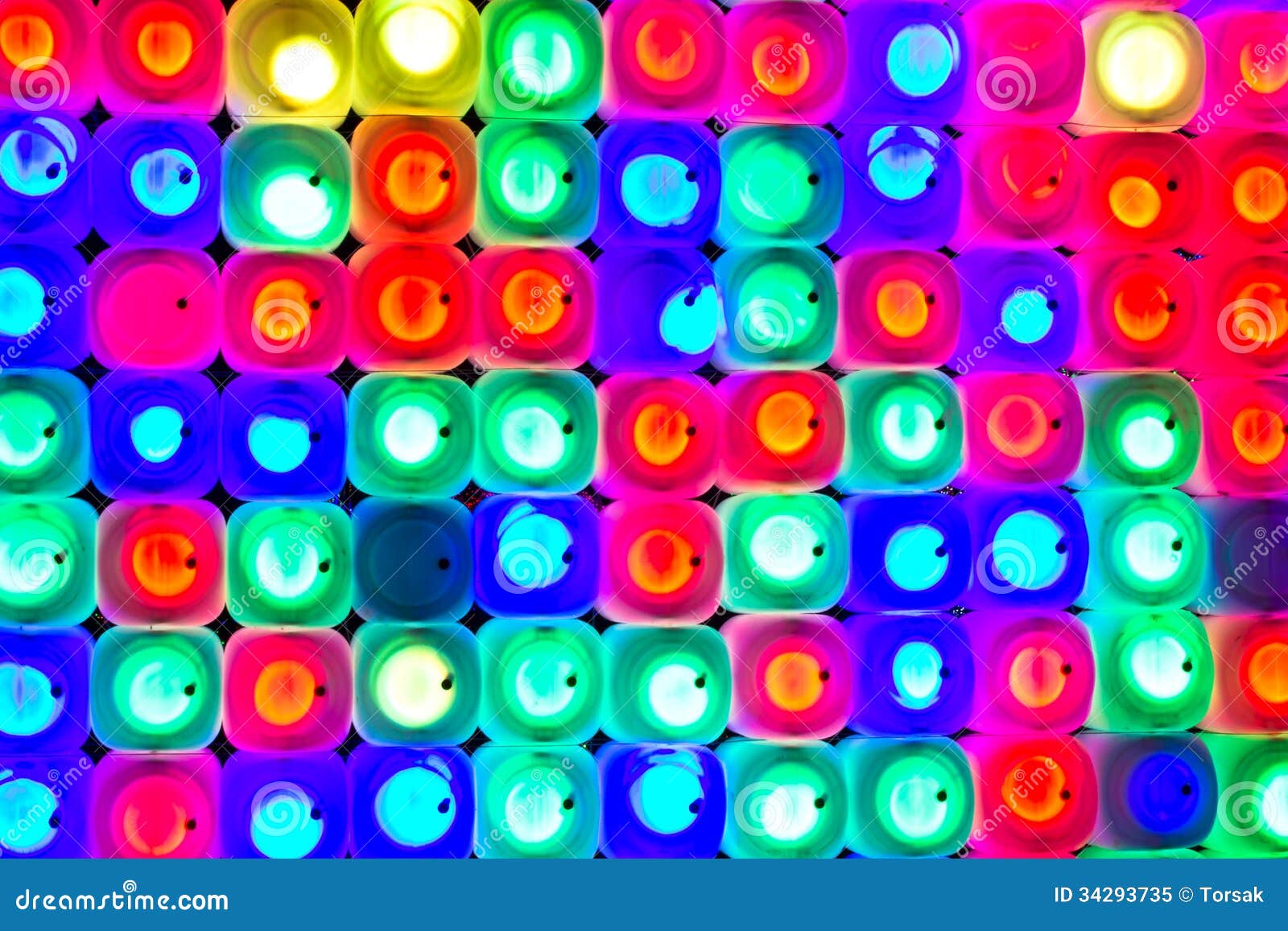**Hey there, design enthusiasts and color lovers! Today, we’re diving deep into a topic that’s as fascinating as it is functional—the light color variety of 8 across. Whether you’re an interior designer, a graphic artist, or just someone who loves experimenting with colors, this guide is going to be your go-to resource. Light colors have this magical ability to transform spaces, moods, and even perceptions. So, let’s get started and uncover the secrets of these radiant hues!**
Imagine walking into a room that feels airy, open, and welcoming. Chances are, the secret lies in the use of light colors. The concept of light color variety of 8 across isn’t just about picking eight light shades; it’s about understanding how they interact with each other and the environment. From soft whites to delicate pastels, the possibilities are endless. This guide will help you navigate the world of light colors and how they can elevate your projects or spaces.
But why stop at just the basics? We’ll also explore the psychological effects of light colors, their practical applications, and some tips and tricks to make the most out of them. So, whether you’re painting a wall, designing a logo, or creating a mood board, this article has got you covered. Let’s jump right in!
What Does Light Color Variety of 8 Across Mean?
Let’s break it down, shall we? When we talk about light color variety of 8 across, we’re referring to a palette of eight different light colors that complement each other beautifully. It’s like assembling a dream team of hues that work in harmony to create a cohesive look. Think of it as a color symphony where every note plays its part perfectly. These colors aren’t just visually appealing; they also have psychological and emotional impacts that can enhance any space.
So, what makes a color "light"? It’s all about the undertones and brightness. Light colors are generally those that reflect more light, making them appear brighter and more vibrant. They can range from crisp whites to soft creams, baby blues, and pale pinks. The key is to find a balance that works for your specific needs and preferences.
Why Use Light Colors in Design?
Light colors are more than just aesthetically pleasing—they serve a purpose. In design, they can make spaces feel larger, brighter, and more inviting. Imagine a small room painted in deep shades of navy or maroon. It might feel cozy, but it could also feel claustrophobic. Now, picture the same room with walls painted in soft ivory or mint green. Suddenly, the space feels open and airy. That’s the power of light colors.
But it’s not just about size. Light colors can also affect mood and productivity. Studies have shown that lighter shades can reduce stress levels and promote a sense of calm. This makes them perfect for spaces like bedrooms, living rooms, and even offices. So, whether you’re designing a home or a workspace, incorporating light colors can make a world of difference.
Benefits of Using Light Colors
- Enhances natural lighting in a space.
- Creates a sense of openness and airiness.
- Improves mood and reduces stress levels.
- Works well with a variety of design styles.
- Easy to mix and match with other colors.
Exploring the Psychology of Light Colors
Colors have a profound impact on our emotions and behavior. Light colors, in particular, are known for their calming and uplifting effects. For instance, white is often associated with purity and cleanliness, while light blue can evoke feelings of tranquility and peace. Pastel shades like baby pink and mint green are often seen as gentle and nurturing.
Understanding the psychology behind light colors can help you make informed decisions when designing spaces. For example, if you’re creating a meditation room, you might want to use soft blues or greens to promote relaxation. On the other hand, if you’re designing a children’s playroom, brighter pastels like lemon yellow or coral might be more appropriate to encourage creativity and playfulness.
How Light Colors Affect Mood
- White: Promotes clarity and simplicity.
- Light Blue: Encourages calmness and focus.
- Pastel Pink: Evokes warmth and affection.
- Mint Green: Creates a sense of renewal and growth.
- Soft Yellow: Boosts energy and optimism.
Practical Applications of Light Color Variety of 8 Across
Now that we understand the theory behind light colors, let’s talk about how you can apply them in real-life situations. Whether you’re working on an interior design project or creating a visual identity for a brand, the possibilities are endless. Here are some practical applications of light color variety of 8 across:
Interior Design: Light colors are a staple in interior design. They can be used to create a cohesive look throughout a home or office. For example, you might use a soft white for walls, a pale gray for furniture, and a mint green for accents. This creates a balanced and harmonious space that feels both modern and inviting.
Graphic Design: In graphic design, light colors can be used to create visually appealing layouts that are easy on the eyes. Think about using a light blue background for a website or a soft pink for a logo. These colors can help convey the right message and tone for your brand.
Best Practices for Using Light Colors
- Start with a neutral base color and build from there.
- Use contrasting shades to add depth and interest.
- Experiment with textures to enhance the visual appeal.
- Consider the lighting in the space when choosing colors.
- Don’t be afraid to mix and match different hues.
Creating a Light Color Palette
Creating a light color palette is both an art and a science. It requires a good understanding of color theory and a bit of creativity. Here are some tips to help you create a stunning light color palette:
Start with a base color: Choose a neutral color like white, cream, or light gray as your foundation. This will serve as the backdrop for your other colors.
Add accent colors: Once you have your base color, start adding accent colors. These can be pastels or other light shades that complement your base color. Think about using soft blues, mint greens, or baby pinks.
Consider the 60-30-10 rule: This rule states that 60% of your palette should be your base color, 30% should be a secondary color, and 10% should be an accent color. This helps create a balanced and harmonious look.
Examples of Light Color Palettes
- White, Light Gray, Pale Blue
- Cream, Soft Pink, Mint Green
- Ivory, Baby Blue, Light Yellow
How to Choose the Right Light Colors for Your Project
Choosing the right light colors for your project can be a bit overwhelming, especially with so many options available. Here are some tips to help you make the right choice:
Consider the purpose: Think about the purpose of the space or project. Are you designing a bedroom? A living room? A workspace? The purpose will influence the colors you choose. For example, a bedroom might benefit from calming colors like light blue or lavender, while a workspace might need energizing colors like soft yellow or mint green.
Take inspiration from nature: Nature is full of beautiful light colors. Look to the sky, the ocean, or a blooming garden for inspiration. These colors are often soothing and can create a natural, organic feel in your design.
Experiment with samples: Before committing to a color, experiment with samples. Paint swatches on your walls or create digital mockups to see how the colors look in different lighting conditions.
Tips for Choosing Light Colors
- Think about the mood you want to create.
- Consider the lighting in the space.
- Test colors in different lighting conditions.
- Don’t be afraid to mix warm and cool tones.
Common Mistakes to Avoid When Using Light Colors
While light colors can be a designer’s best friend, they can also be tricky to work with. Here are some common mistakes to avoid:
Overusing white: While white is a classic light color, overusing it can make a space feel sterile and uninviting. Balance it with other colors to add warmth and personality.
Ignoring lighting: Lighting plays a crucial role in how colors appear. A color that looks great in natural light might look completely different under artificial lighting. Always consider the lighting conditions when choosing colors.
Not considering the undertones: Light colors can have different undertones—cool, warm, or neutral. Ignoring these undertones can lead to clashing colors and an unbalanced look.
Avoiding Color Mishaps
- Balance white with other colors.
- Test colors in different lighting conditions.
- Pay attention to undertones.
Conclusion: Embrace the Light Color Variety of 8 Across
And there you have it—a comprehensive guide to the light color variety of 8 across. From understanding the psychology of light colors to practical applications and tips for choosing the right hues, we’ve covered it all. Light colors have the power to transform spaces, moods, and perceptions. So, whether you’re designing a home, a workspace, or a brand identity, don’t underestimate the impact of these radiant hues.
Now it’s your turn! Have you experimented with light colors in your projects? Share your experiences in the comments below. And if you found this article helpful, don’t forget to share it with your friends and colleagues. Together, let’s embrace the beauty of light colors and create spaces that inspire and uplift!
Table of Contents
- What Does Light Color Variety of 8 Across Mean?
- Why Use Light Colors in Design?
- Exploring the Psychology of Light Colors
- Practical Applications of Light Color Variety of 8 Across
- Creating a Light Color Palette
- How to Choose the Right Light Colors for Your Project
- Common Mistakes to Avoid When Using Light Colors



Detail Author:
- Name : Mrs. Leslie Corwin
- Username : mckenzie.scot
- Email : alexa77@gmail.com
- Birthdate : 1973-06-09
- Address : 694 Alexane Estates North Justuschester, CO 67600
- Phone : (959) 707-0604
- Company : Eichmann Inc
- Job : Appliance Repairer
- Bio : Necessitatibus ut impedit qui atque. Nisi commodi est suscipit cumque corrupti aut. Maxime nihil quis earum accusamus.
Socials
linkedin:
- url : https://linkedin.com/in/margarettrantow
- username : margarettrantow
- bio : Qui qui nobis dolorem tempore et.
- followers : 2984
- following : 2007
tiktok:
- url : https://tiktok.com/@margaret_trantow
- username : margaret_trantow
- bio : Et aut corporis repellat aut. Eum rerum ut laudantium non.
- followers : 2221
- following : 2666
instagram:
- url : https://instagram.com/margaret_xx
- username : margaret_xx
- bio : Deserunt vel quia saepe doloribus omnis nesciunt beatae et. In dolorem non consequatur incidunt at.
- followers : 899
- following : 1626